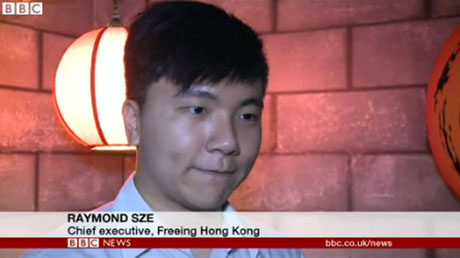You’re alone in a room, or perhaps with a small group of friends, looking for a way out, searching all the walls and surfaces around you — even the furniture and objects — for clues. There is no apparent way out. There are no immediately visible doors.
But you haven’t been kidnapped, and this isn’t Saw; it is one of many “real-life room escape games” becoming more popular in China. Each room — if you manage to escape — leads to another room, with its own set of puzzles and clues, until finally, eventually, exhaustingly, you solve your way to freedom.

In Beijing, as Kotaku explored last month, the cost of a game is only $US10 a person — cheaper than a movie ticket — and this has helped them to find a growing base of willing participants. “We have a lot of college students and a lot of white collar folk come in,” one escape-game entrepreneur explained to Kotaku. “It’s a great way to exercise the brain and decompress after a long week of work or study.”
This week, the BBC picked up on the trend, reporting on escape games in Hong Kong, run by a 20-year old named Raymond Sze. Sze is nothing short of ambitious, hoping to spread his escape-room “empire” throughout China and Southeast Asia, developing new puzzles and rooms with an in-house team of developers, and already managing locations in Hong Kong, Macau, Singapore, and elsewhere.

But it would be a lot of fun to see this imported here to New York City — let alone to other cities around the world — turning old riverside warehouses into labyrinths of clues, fake walls, and trapdoors, or even, given untold amounts of cash, an old brownstone somewhere hollowed out and filled in again with meandering passages and linked rooms leading floor to floor, up stairways and around again through closets, players popping up in badly lit attics, feeling lost in a coiling world of rooms inside of rooms. Or buy a whole town somewhere, following the foreclosure crisis, and make it a town of escape-houses: full-scale locked room fantasies connected through basements, garages, and following covered paths beneath trees.
Briefly, I’m reminded of a house here in New York designed by architect Eric Clough, written up by the New York Times back in 2008. The luxurious house, far outside the price range of the average mortal New Yorker, is filled with antiques and gorgeous examples of woodworking — but also secret doors and mysterious clues. As the New York Times reported, “some of that furniture and some of those walls conceal secrets — messages, games and treasures — that make up a Rube Goldberg maze of systems and contraptions conceived by a young architectural designer named Eric Clough.” The house even came with its own book, a guide to the mysterious little passages of the home’s seemingly infinite interior.
In any case, read more at Kotaku and the BBC, which includes a short video.
Thanks Nicola Twilley!
